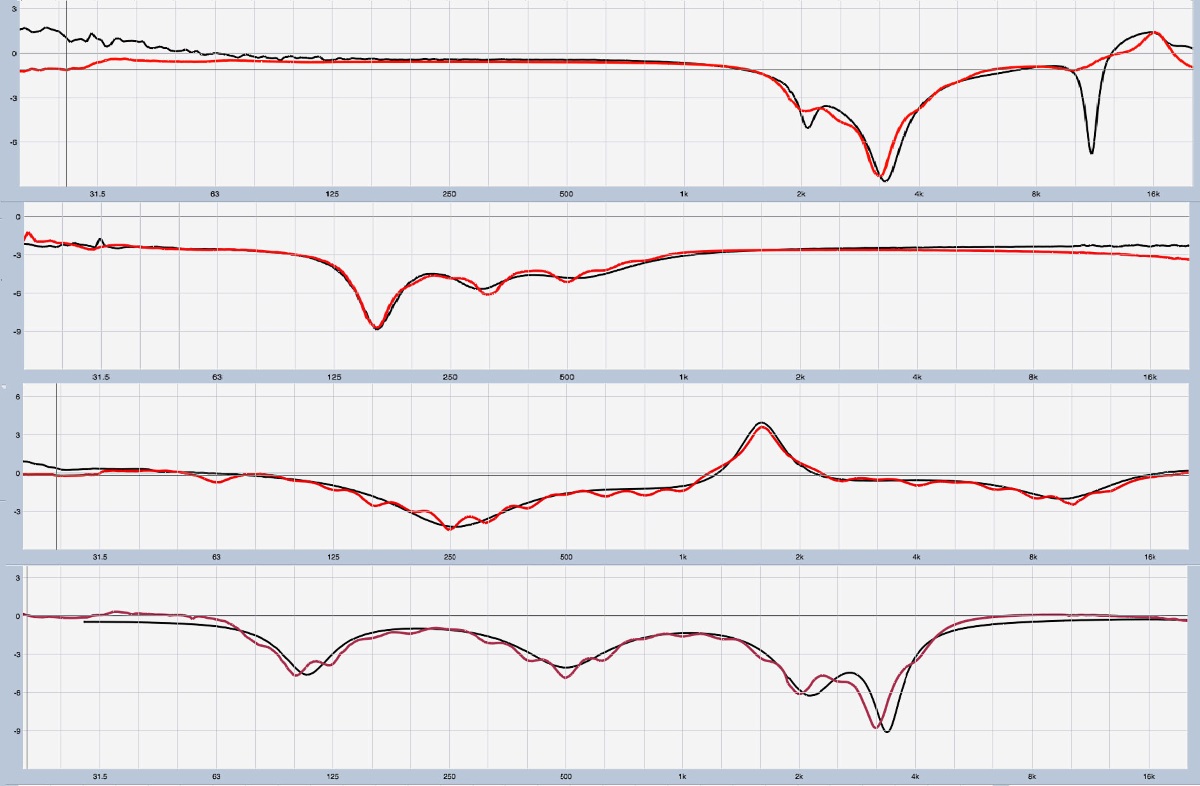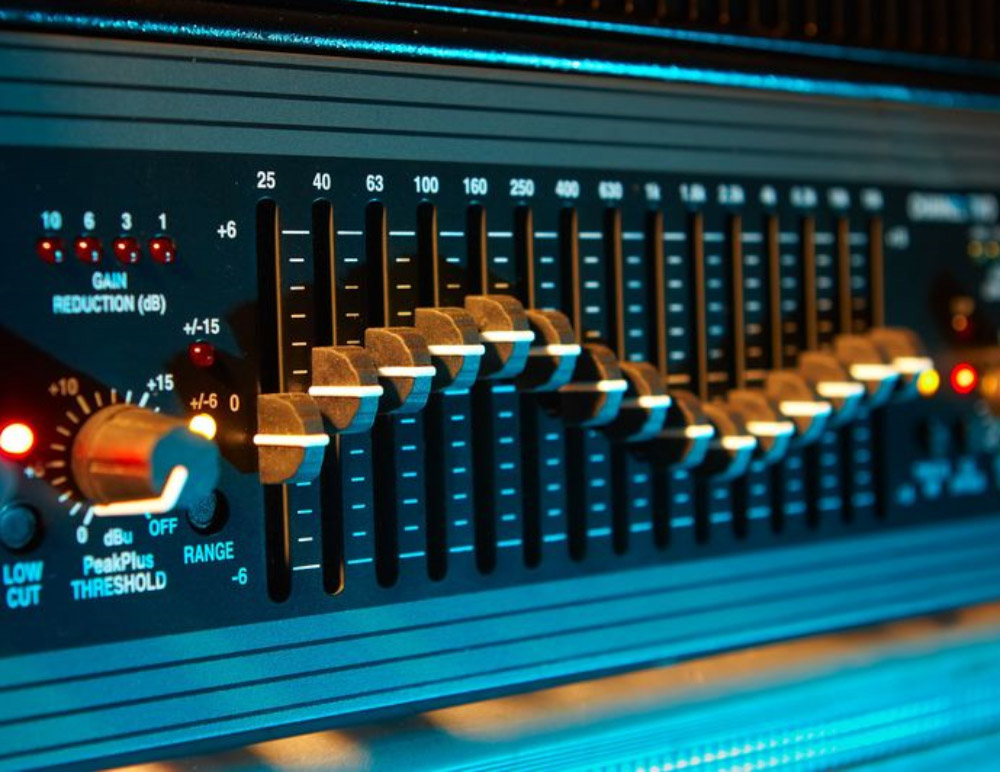“Graphic equalizers cannot produce the types of curves we use in system optimization.”
I’ve made this statement numerous times over the years, and I haven’t been alone in saying so. It’s an axiom of many system techs I know and has been written about by at least one optimization luminary. So it’s certainly not a fringe viewpoint. But to borrow a phrase from audio circuit designer Douglas Self, “the only problem with this statement is that it’s not true.”
In principle, the objections are obvious: graphic EQ filters are fixed bandwidth (1/3 octave) at fixed center frequencies (1/3 octave spacing in accordance with ANSI and ISO standards).
That would seem to be a poor fit for the types of curves we need to create for common system optimization tasks: broad, gentle slopes with finely adjustable center and corner frequencies. This is what led me to believe, for so long, that GEQs were not up to the task. But nothing “cuts to the chase” like empirical data, so let’s fire up the analyzer.
I’ve kept the analyzer traces from past projects, so the idea is to see how well I could match those curves with a standard 31-band GEQ. Figure 1 shows the results – in all the pairs, the black trace shows the original trace from the system DSP, and the red shows the GEQ’s response.

Making Progress
From a bird’s eye view, we’re very much in the ballpark. Of course there are the visible wiggles due to the individual filters that fall on the 1/3 octave band centers, but in terms of the general trends – the macro shapes, which are the most audible to the ear, the fit is pretty tight indeed – tight enough to force me to reconsider my views on the insufficiency of graphics.
It’s always tough when you’re confronted with irrefutable proof that something you’ve believed for years is, in fact, false, but that’s a side effect of continual growth and learning, and so I view it as a somewhat uncomfortable indicator of progress.



















